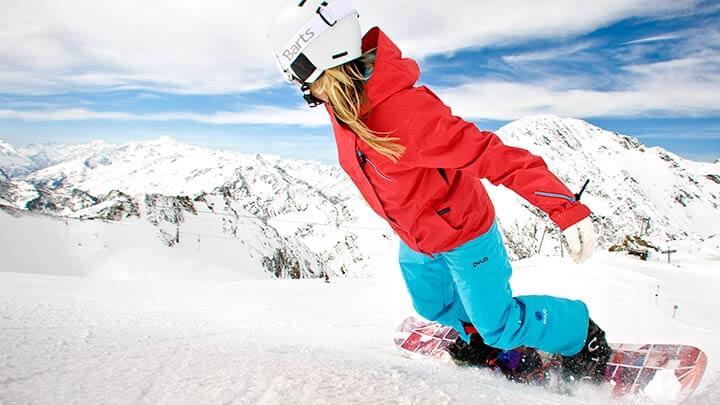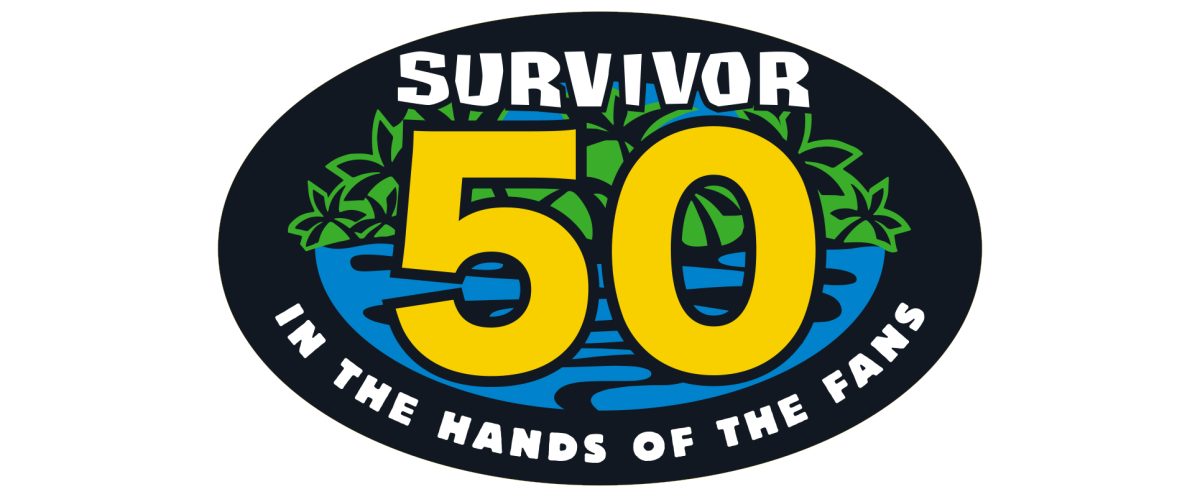Snowboarding
February 16, 2018
People say that if you snowboard then you can also be good at using a skateboard and surfing, but that might not all be true for the different events that snowboarding has, such as the Halfpipe, the Parallel Giant Slalom, and the Snowboarding Cross, not to mention the different styles and types of boards there are.
There are three different types of snowboarding events, the first being the famous Halfpipe. The snowboards start at the top of a halfpipe that is leaning on the side of either a mountain or hill and do jumps from it. The jumps are scored by the type of trick it is and the amount of height you get, out of a hundred. Most people would think it is easy, but what they don’t understand is the amount of strength it takes to turn a board and make sure you land correctly.
Say you’re going on a 12 ft pipe, “you pop 2ft out know your gonna land 16ft down” says Matt Ladely, a professional snowboarder who participates in the Men’s Snowboarding X-games, a halfpipe snowboarding event. To get to your ideal landing spot you need to have the right speed up the pipe, if you land too low you’re gonna lose speed, so the higher up you land, the more speed for the next trick, not to mention the need for the right type of board. If you just get any type, then you’re just going to break the board. For the halfpipe, the most common board would be the freestyle, which is light and flexible.
Why is it flexible? Well for a board to be flexible it needs a slight “bump”, known as a traditional camber, off the ground so when a jump is landed it’ll take some of the impact. You might even use a board with a flat camber, flat against the ground so that you have better traction.
The next type of event is the Parallel Giant Slalom. It’s when two people start at gates and they have to zig-zag around the flags of their assigned color. The first to the bottom is the winner. Once they reach the bottom there is a sensor that releases their nation’s flag to show who the winner is, and if there is a visual tie then they would go to the slow-motion cameras where whichever flag stopped first is the winner. The board usually used for this event is the Alpine board, which is a long, narrow, and stiff board used for speed and for sharp turns such as those in the Parallel Giant Slalom. This board usually has a flat camber for more traction on the ground.
The final type of event is the Snowboard Cross. This event is a race down a snowboarding course, and the track is everything but a straight shot. It has hills and jumps as a way for the snowboarders to go faster. The hills and jumps are there to help them jump ahead of their competitors, and to land on the slope of the hill to gain speed for another jump. The other major part of the course are the sharp turns used for a chance to gain speed, but it could go against the snowboarder since if they go too low and lose speed, they get passed by. If they go too high, they gain speed but then others might take this chance to pass them. The main type of snowboard used for this type of event is the freestyle, traditional camber.
Snowboarders can’t just use any board though; the recommended height for a board is at least up to your chin. If it’s too short, the feet and knees will be too close which makes it more likely for an injury, while if your feet/knees are too far away, then you won’t have any control of the board. Also, you should choose your board based on why you want to snowboard. If you want to jump, then choose a board the helps you jump such as the freestyle with a traditional camber, or if you want a snowboard to just go down a hill and make sharp turns than an alpine with a flat camber is more appropriate, although there are many different styles other than just these two. If the beginner board is different from the recommended sports board it’s going to be a bit difficult to adjust to it.









